How Tea Ceremony Arrived in Japan

Tea is an important part of Japanese culture, and it has a long and storied history in the country. So, how did tea arrive in Japan?
Tea first arrived in Japan in the early 9th century, brought over by a Buddhist monk named Saichō. At the time, tea was used primarily for medicinal purposes. It wasn't until the 12th century that tea began to be drunk for pleasure, thanks to another Buddhist monk named Eisai. Eisai is also credited with introducing tea plants to Japan.
During the Kamakura period (1185-1333), tea drinking became more widespread, particularly among the samurai class. In fact, it was during this time that the first tea ceremony, known as chanoyu, was held. The chanoyu is still practiced today and is an important part of Japanese culture.
In a typical chanoyu gathering, there are many symbols of respect. Of particular importance is the manner in which a tea bowl is presented and received. The host always decides which side of the bowl is most beautiful to present to the guest. This is done as a sign of respect and appreciation. When it's time for the guest to drink, they will rotate the bowl so that the host can see its best side. By doing this, they are showing their gratitude for being included in such a special event.
The Origins of Chanoyu
Chanoyu, otherwise known as the 'tea ceremony,' first began in China during the Tang Dynasty. However, it wasn't until Eisai (1141-1215), a Japanese Buddhist priest who studied in China, that Chanoyu was introduced to Japan in the early 12th century. Not only did Eisai advocate for matcha powder green tea as having many health benefits such as longevity, but he also wrote about tea culture and proper etiquette surrounding its consumption. When Chanoyu first started, only those in high society could partake due to the expensive materials needed for the ceremonies. However, as time passed, Chanoyu became more available to people of all backgrounds.
The Principles of Chanoyu
There are four principles that underpin the practice of Chanoyu: wa (harmony), kei (respect), sei (purity), and jaku (tranquility). These principles are reflected in every aspect of a tea ceremony, from the way in which participants interact with each other to the way in which utensils are used. For example, Harmony is achieved when all participants come together for a shared purpose; Respect is shown by using proper etiquette; Purity is reflected in both physical cleanliness and inner calm; and Tranquility is achieved through mindfulness and focus.
The Significance of Chanoyu
While Chanoyu is often seen as simply a way to prepare and consume tea, it is so much more than that. For many, it is a form of meditation or self-reflection. It is an opportunity to slow down, be present in the moment, and connect with others. In a world that is ever-changing and often chaotic, Chanoyu provides a moment of stillness and peace.
Chanoyu provides an opportunity to slow down and appreciate the little things in life. In today's fast-paced world, that is no small feat. It reminds us that there is beauty in simplicity and that spending time with loved ones is precious. The next time you find yourself feeling frazzled or overwhelmed, consider taking part in this centuries-old tradition. It just might be the perfect antidote to the stresses of modern life.
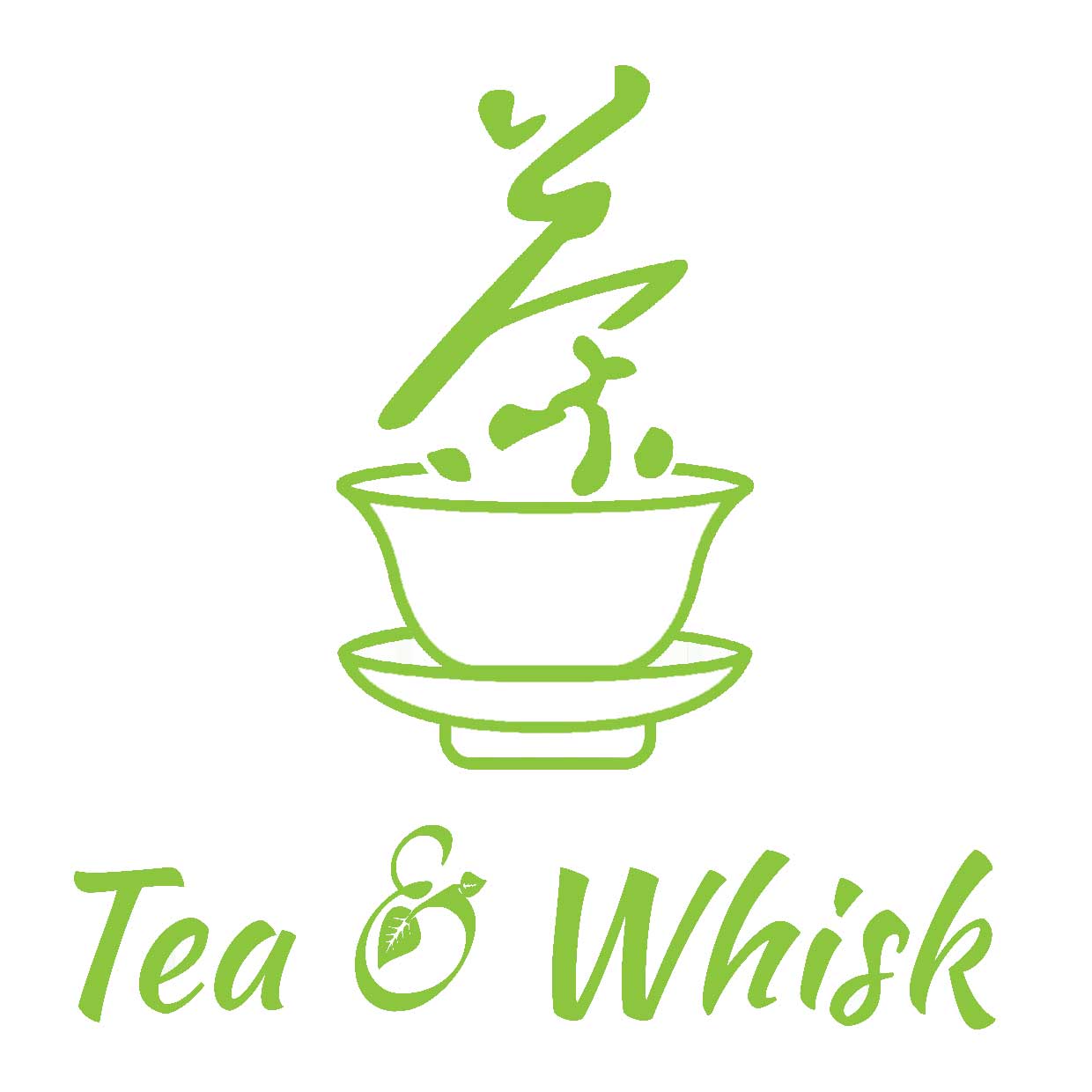
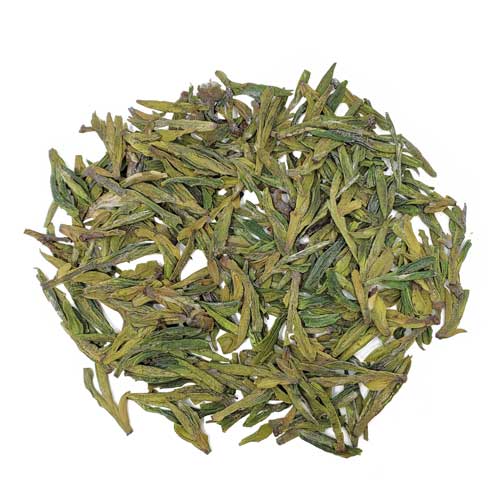
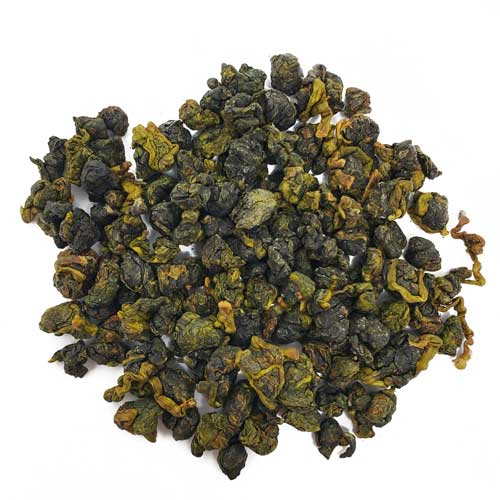
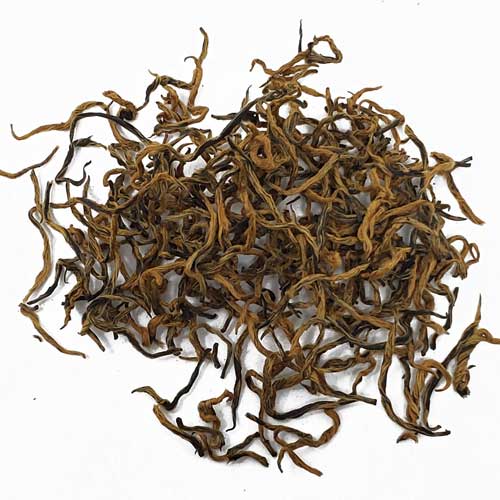
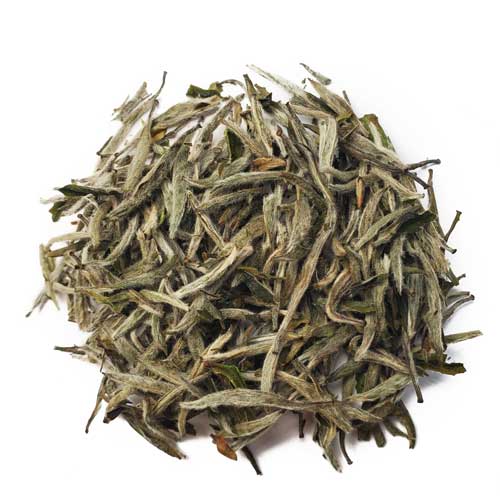
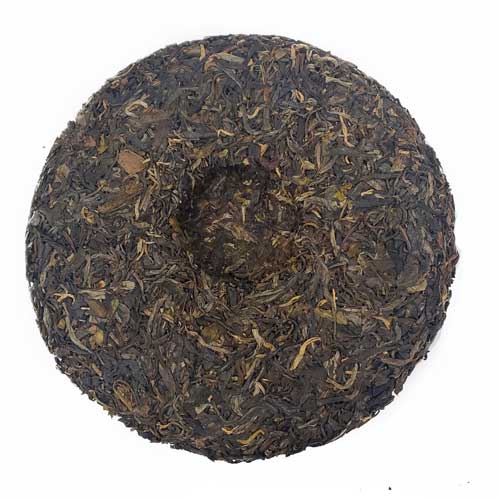
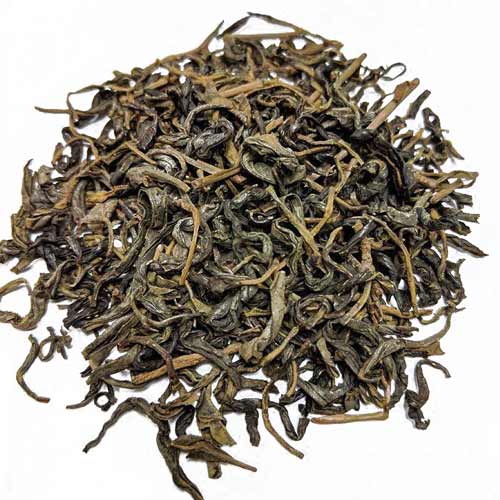
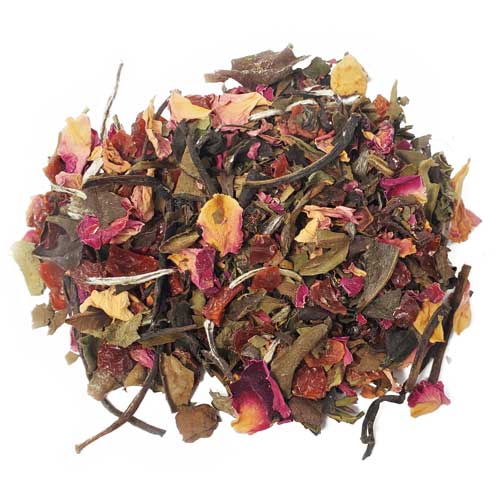
Leave a comment